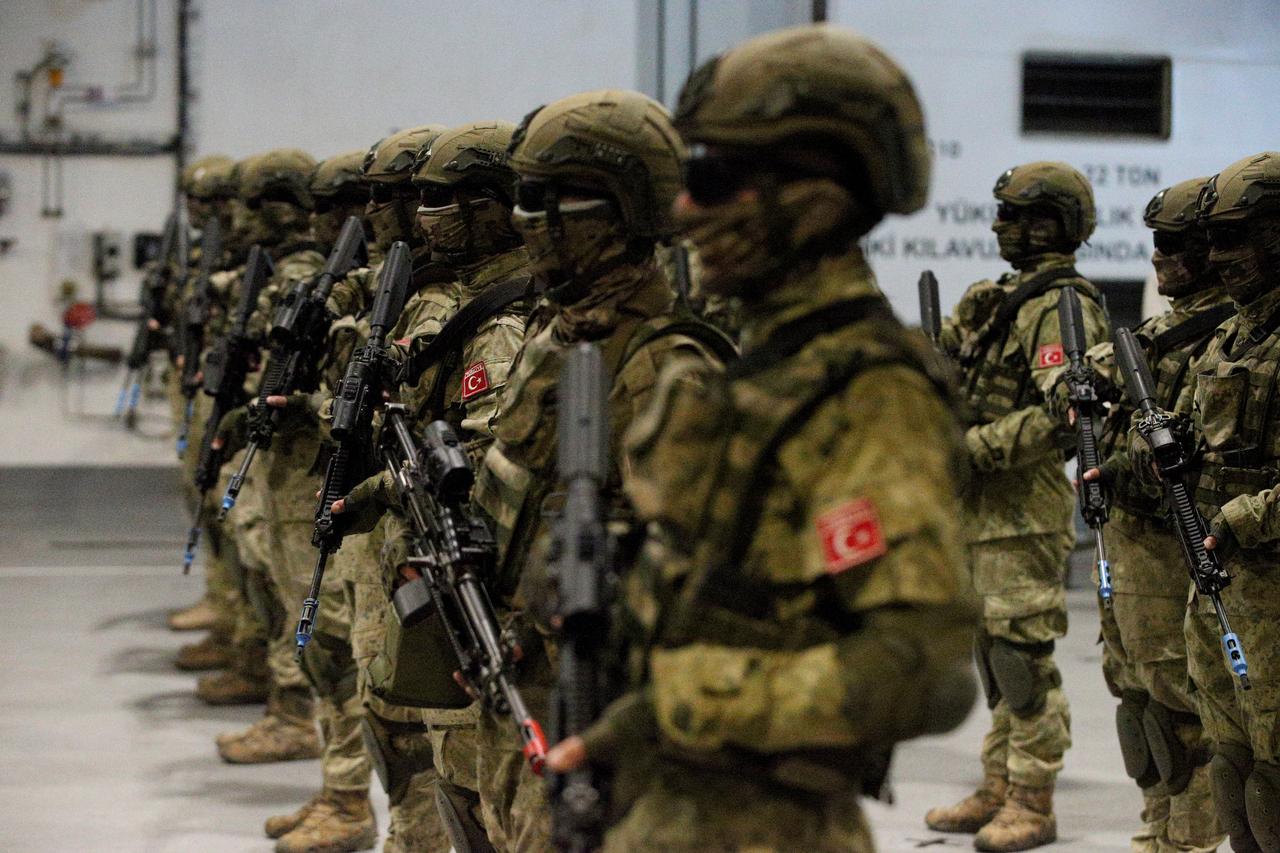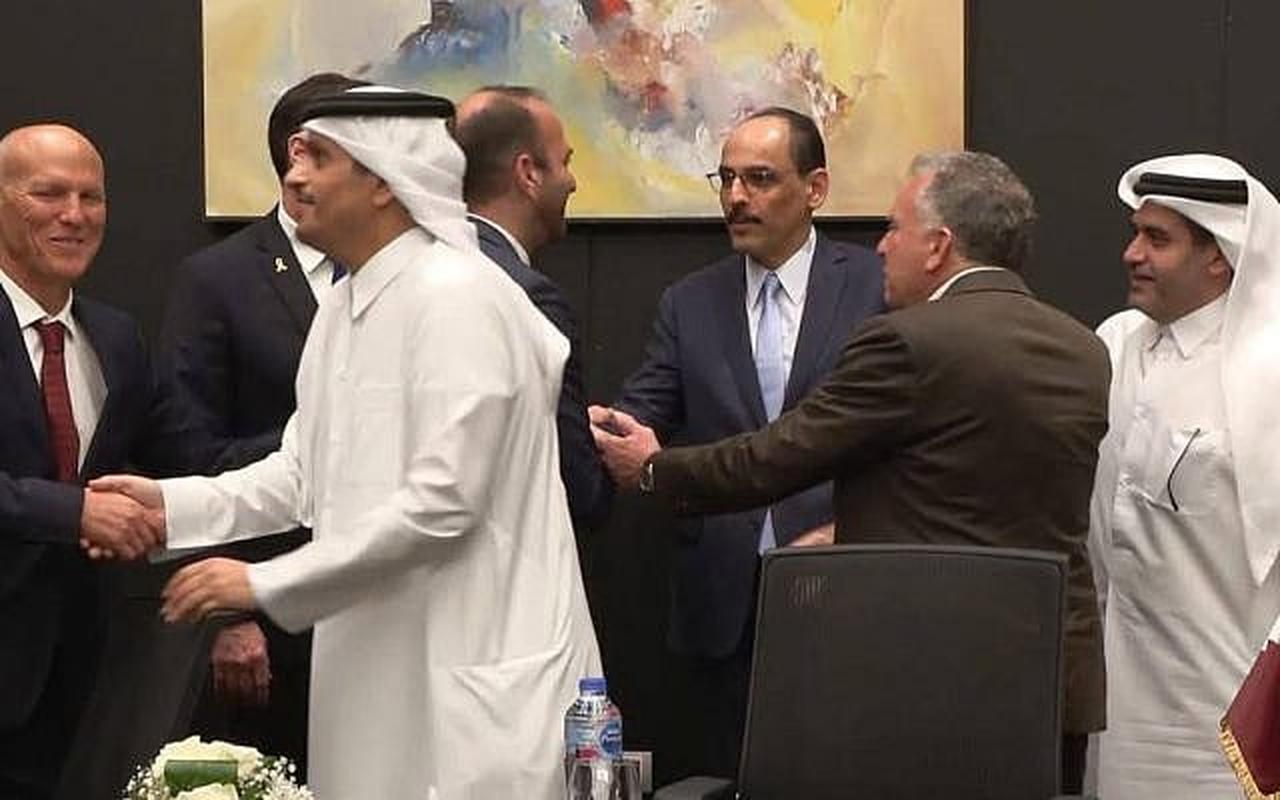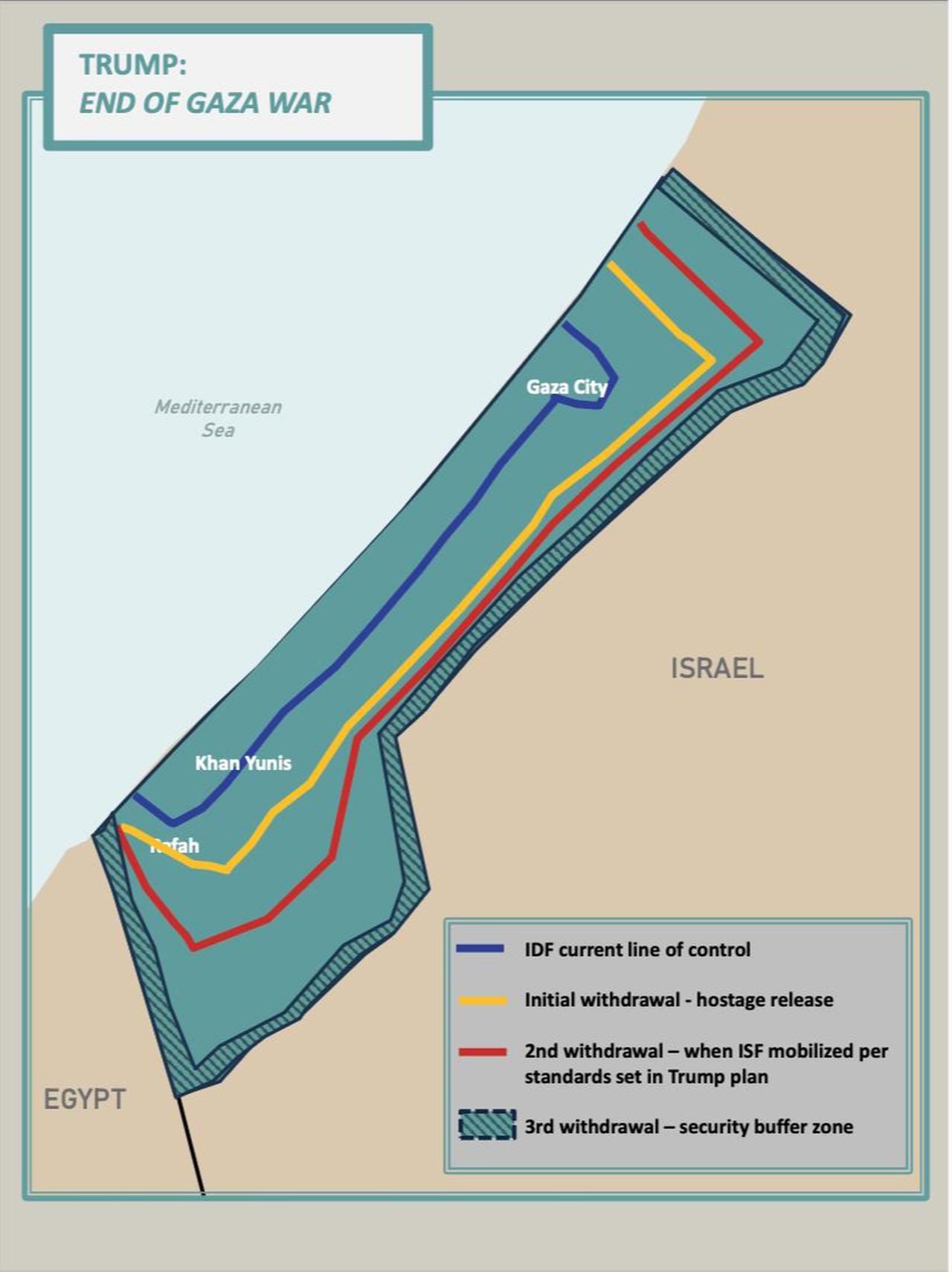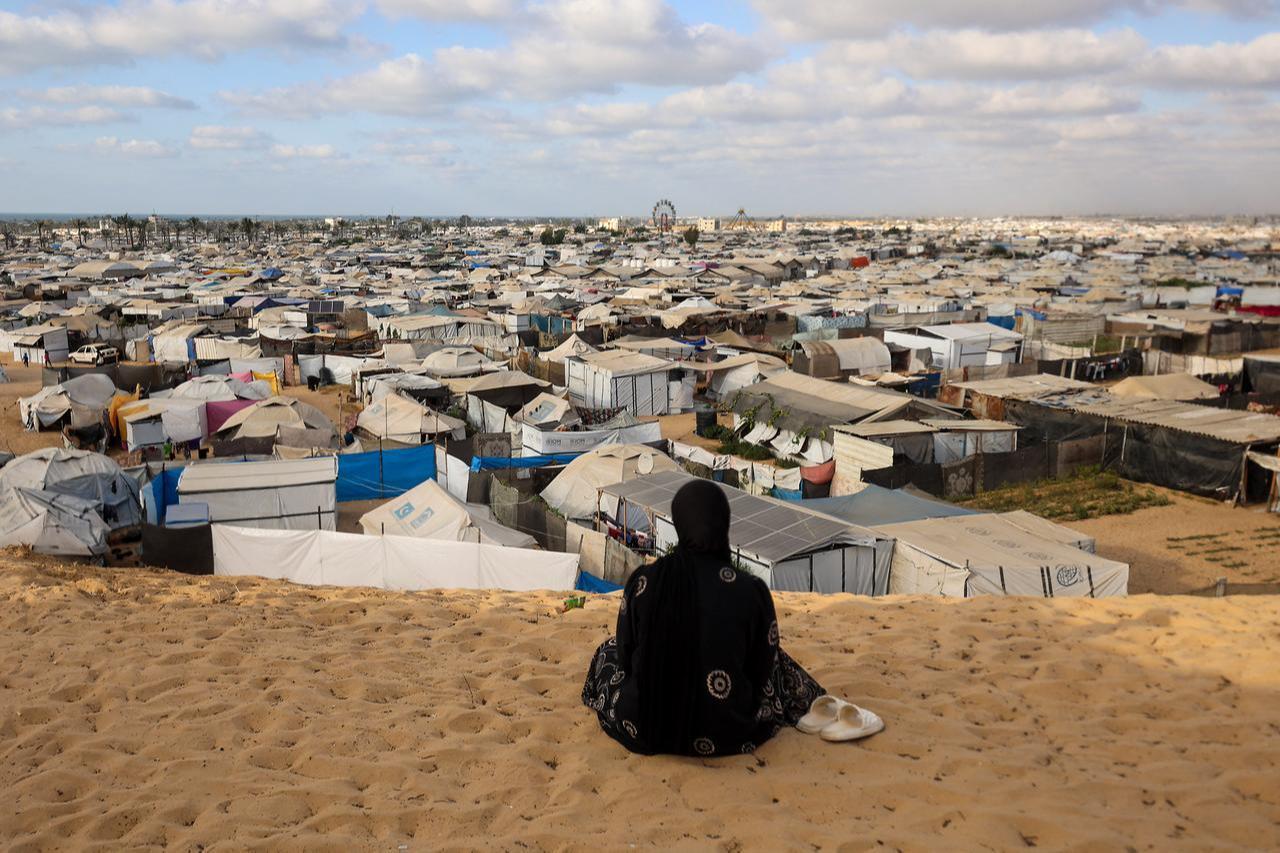
Türkiye is preparing to participate in a multinational Gaza Stability Force—a newly formed coalition designed to monitor the ceasefire and help stabilize Gaza.
President Recep Tayyip Erdogan announced on Oct. 9 that Ankara will actively monitor the implementation of the newly agreed Gaza ceasefire through a multinational task force that includes representatives from the United States, Egypt, and Qatar.
“Türkiye will contribute to ensuring the ceasefire’s implementation and support Gaza’s rebuilding,” Erdogan said, framing the move as part of Ankara’s long-term commitment to Palestinian recovery and regional stability.
However, whether the mission will involve Turkish soldiers or humanitarians, what the initial tasks will be, and their nature are among the questions being asked.

The Gaza Stability Force is being set up by countries that played key roles in brokering the ceasefire: Türkiye, the United States, Egypt, Qatar. The International Committee of the Red Cross (ICRC) is also expected to join in a supporting capacity, particularly on humanitarian operations.
Turkish Foreign Minister Hakan Fidan, speaking after a high-level meeting in France, described the force as a flexible coordination mechanism rather than a conventional military mission.
“There are no fixed or predefined duties,” Fidan said. “Problems will arise during the process, and this team will be there to find practical solutions.”
Initial reports from Israeli outlets suggest that the mission’s first operational step will focus on locating and recovering the remains of hostages killed during the conflict.
Hamas has acknowledged that several bodies were lost amid the destruction. According to Haaretz, the Red Cross will assist in this effort during a 72-hour phase expected to begin late Friday or early Saturday.

Turkish media sources reportedly say the Gaza Stability Force will operate across three interconnected areas: humanitarian coordination, recovery of missing persons, and monitoring of the ceasefire’s implementation.
Each component will require different expertise, combining logistical, technical, and diplomatic capacities from the participating states.
In practice, that means aid agencies and engineers will work alongside security and liaison officers to ensure that reconstruction efforts and humanitarian deliveries proceed safely and efficiently.
The ceasefire-monitoring teams will document violations and maintain communication channels between the parties to de-escalate incidents before they spiral.
While this setup echoes aspects of U.N. peacekeeping missions, the Gaza Stability Force is distinct, as it is not under a United Nations mandate but rather a politically negotiated coalition among key regional and international actors.

Türkiye’s contribution to the mission is expected to be primarily civilian, with no current plans for direct military deployment, even if the personnel providing humanitarian aid are of military origin.
Officials in Ankara have signaled that the Turkish role will mirror its involvement in Lebanon under the U.N. Interim Force (UNIFIL), where Turkish personnel serve mainly as observers and coordinators rather than combat troops.
According to reports in the Turkish media, Türkiye’s Disaster and Emergency Management Authority (AFAD) is expected to take on a role in humanitarian logistics, reconstruction coordination, and local capacity building in Gaza.
The same reports suggest that while the Turkish Armed Forces remain fully prepared to take part if assigned a defined role, the emphasis of Türkiye’s contribution at this stage will largely be on civilian engagement.
This approach aligns with Ankara’s broader diplomatic strategy: maintaining influence in post-war Gaza through reconstruction, institution-building, and mediation—without getting drawn into a long-term military presence.
Türkiye’s participation also means a direct output about its position as both a regional actor and a bridge between Western allies and the Arab world.
The United States will also play a role in shaping and coordinating the mission, though its involvement will be deliberately limited. Two senior U.S. officials told Reuters that roughly 200 American troops will be deployed as part of the mission’s core coordination element, while none will enter Gaza itself.
Instead, these personnel will establish a joint control center, likely based in a nearby location such as Egypt, to coordinate efforts among Egyptian, Qatari, Turkish, and potentially Emirati representatives.
The center will oversee logistics, deconfliction, and communication with Israeli forces to prevent misunderstandings or clashes. “No U.S. troops are intended to go into Gaza,” one official confirmed.
This model allows Washington to remain engaged without risking direct involvement, as President Trump promised to monitor whether the parties to the agreement would abide by it.
Throughout the two-year campaign that devastated Gaza, Türkiye has repeatedly urged Israel to comply with the requirements of international law.
Analysts now argue that Ankara’s inclusion in the post-war process presents an opportunity to play a more constructive role in addressing the underlying problems.
Although establishing a force large enough to take full control of Gaza is not currently on the agenda, some discussions suggest that the Gaza Stability Force could eventually serve as a precursor to such an arrangement.
Observers note that the current model is preferred as a diplomatic compromise, since the participating countries include those viewed by Hamas as relatively trustworthy actors.